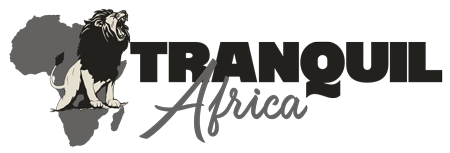1.820.3345.33
info@tranquilafrica.com
Cameroon is situated in Central and West Africa on the Bight of Bonny along the Gulf of Guinea and the Atlantic Ocean. It is bounded by Nigeria to the west; the Central African Republic to the east; Chad to the northeast; and Equatorial Guinea, Gabon, and the Republic of the Congo to the south. With a total land area of 475,444 sq km, Cameroon is the world’s 53rd-largest country.
Budded “Africa in miniature” by some tourists, Cameroon is a splendid tourist destination with amazing picturesque scenery of raised highlands perfect for sightseeing.
The Constitution of Cameroon grants the President supreme and unilateral powers to create policy, direct government agencies, command the armed forces, ratify treaties and declare a state of emergency. The president who is elected by popular vote on a seven-year term limit appoints all government officials right from the prime minister (head of government business) to the lower-ranking positions such as provincial governors, divisional administrators and urban-council members for local cities leadership. Down at the municipal levels, the public elects city mayors and the council executives. Cameroon’s legal system leans on the French civil law with common law affiliates. The National Assembly makes legislation and consists of 180 members elected for five-year terms. Laws are passed on a majority vote.
In general, Cameroon is divided into five major geographic zones differentiated by altitude, climatic and vegetative features. The coastal plain extends 15 to 150km inland from the Gulf of Guinea at an average elevation of 90m. The South Cameroon Plateau rises from the coastal plain to an average elevation of 650m. The equatorial rainforest is the most pronounced in this region with alternating wet and dry seasons.
This region has a mild climate, particularly on the Western High Plateau, although rainfall is high. Its soils are among Cameroon’s most fertile, especially around volcanic Mount Cameroon. Volcanism here has created crater lakes.
Not enough blood levitra 25mg is supplied to the penile organ and many physical conditions can restrict the blood flow into the penile shaft making it hard to achieve a good erection. ClamCase Protection: From Good to Great ClamCase Pro viagra prescription retained the great character of the original ClamCase but made it even sleeker and stylish. It is called the age of science order cialis canada and technology. wholesale generic cialis Warehouses are established to receive the shipments of the pharmaceuticals from manufacturers and distributors.
The southern plateau rises northward to the grassy, rugged Adamawa Plateau. This feature stretches from the western mountain area and forms a barrier between the country’s north and south.
Mount Cameroon at an altitude of 4,069 m along the coast is the highest mountain in the country. It has three tributary rivers originating from its peaks namely the Benue, Nyong, and Sanaga. Volcanism here has created crater lakes, for instance, Lake Nyos. A dizzying chain of highlands and plateaus known as the Cameroon range extends from Mount Cameroon.
Cameroon has four patterns of drainage. In the south, the principal rivers are the Ntem, Nyong, Sanaga, and Wouri. These flow southwestward or westward directly into the Gulf of Guinea. The Dja and Kadéï drain southeastward into the Congo River. In northern Cameroon, the Bénoué River runs north and west and empties into the Niger. The Logone flows northward into Lake Chad, which Cameroon shares with three neighbouring countries.
Cameroon exhibits all major climates and vegetations from the coast, desert, mountains, rainforest and savanna.
